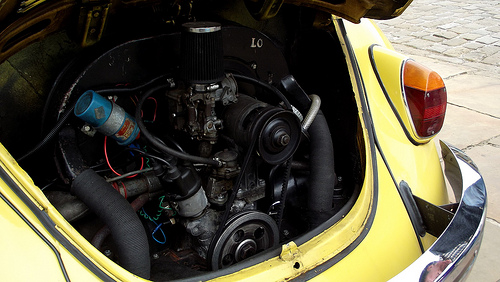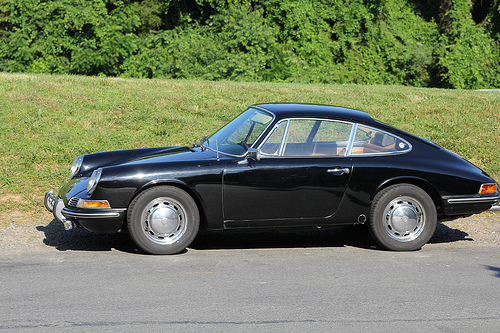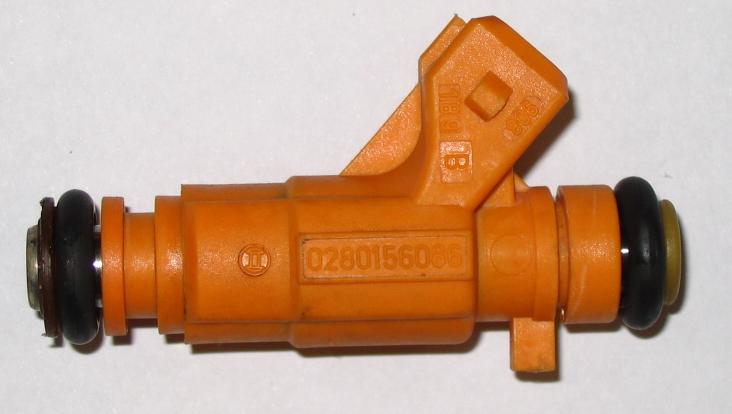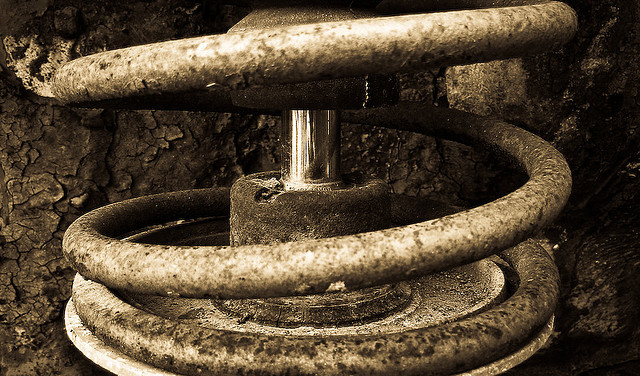What is Air Cooling?
Air cooling is the simplest method that internal combustion engines can use to dissipate heat, which is one of the necessary byproducts of gasoline, diesel, and alternative fuel engines. This can be achieved in either one of two ways: increasing the surface area that needs to be cooled (i.e. cooling fins or heat sinks), or by using a fan to blow air over the surface. In either case, the waste heat is transferred from the engine into the surrounding air, which effectively cools off the engine. These methods can also be combined to provide a greater cooling effect.
Although air cooling is simpler than water cooling, it is also less efficient, which is why it isn’t as popular today. Although most small motors (like those found in lawn mowers), and engines (like those used in motorcycles) use air cooling, it has generally fallen out of favor in automotive applications. Air cooling is also less efficient at high altitudes than it is at sea level due to the lower air pressure.
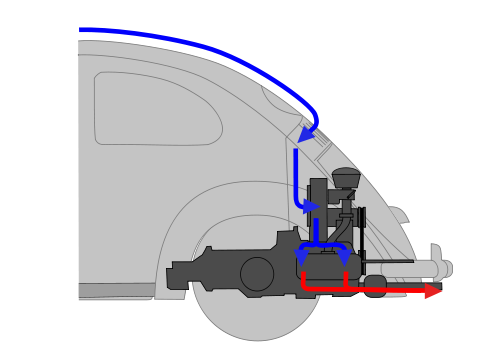
This diagram illustrates the flow of air into and out of the engine compartment of an air-cooled Volkswagen Beetle.
Contents
History of Air Cooled Engines
Historically, air cooling was much more popular than it is today. Some of the earliest production model automobiles utilized this method of heat dissipation, and a handful of manufacturers persisted in using air cooling until fairly recently.
It’s difficult to say exactly where air cooled engines got their start in the automotive industry, but an early example was the Franklin Automobile Company, which built luxury vehicles between the years of 1903 and 1934. Two years prior to the production of their first vehicle, founder Herbert Franklin enlisted the services of John Wilkinson to develop an engine that made use of air cooling.
The Wilkinson Engine
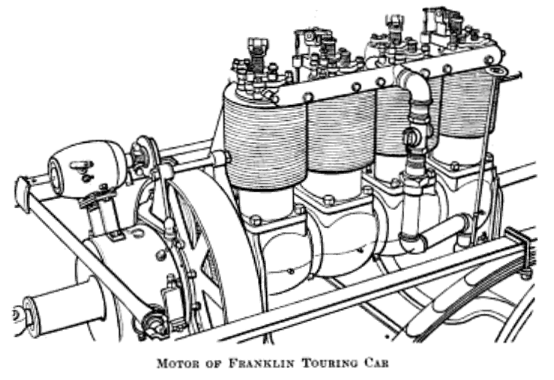
Franklin’s air-cooled four cylinder engine was designed to be lightweight while also creating as little vibration as possible.
John Wilkinson got his start as a mechanical engineer working for a bicycle manufacturer, which was, at the turn of the 20th century, a far more established industry than the up-and-coming automotive industry. While working in the bicycle manufacturing industry, Wilkinson tinkered with internal combustion engines of his own design. These early experiments were one-cylinder engines that ran on gasoline and utilized air cooling, which made them lightweight and relatively easy to produce.
Wilkinson’s air-cooled engine drew the attention of Herbert Franklin, who provided the necessary funds for Wilkinson to perfect his designs and build a new prototype, which utilized four cylinders instead of one. The additional cylinders provided a smoother ride than the common one- and two-cylinder engines of the day, while the lightweight nature of the air-cooled engine fit in with Franklin’s overarching vision. This engine would go on to form the cornerstone of the luxury-oriented Franklin Automobile Company’s lineup.
Air Cooling Grows Up
Throughout the 20th century, dozens of manufacturers designed and implemented their own engines that made use of air cooling. Even as the water-cooled engine continued to dominate the industry, these manufacturers took advantage of the relative simplicity and lightweight nature of their air-cooled engines. Some vehicles that have used air cooling include:
- Chevrolet Corvair
- Fiat 126
- Honda 1300
- Porche 911
- Volkswagen Beetle
One of the most well-known air-cooled engines in the world is the Volkswagen E-motor, which was used in a number of vehicles (including the iconic Volkswagen Beetle) from 1936 until 2006. This astounding run, spanning seven decades, saw a number of modifications to the engine, and it has been available in a number of displacements throughout the years. In addition to automotive applications, the E-motor has also been used in both light aircraft and industrial applications.
The E-motor went out of production in 2006, the Porche 911 went water-cooled in 1998, and air cooling has now generally fallen out of favor all across the automotive industry. Motorcycles still use air cooling to cut down on engine weight, but the automotive industry has largely moved on.
How Does Air Cooling Work?
During the process of internal combustion, a tremendous amount of waste heat is generated. The lion’s share of this heat (nearly half of it) is expelled through the exhaust, and a little is siphoned off by the oil, but that leaves a lot of heat to deal with. Left unchecked, this heat will build up, the temperature of the engine will spiral out of control, and various internal components will start to fail.
In order to keep the temperature of an engine in check, this heat has to be dissipated somehow. In an air-cooled engine, the air that surrounds the engine provides the primary medium for dissipating the heat. The simplest method for achieving this effect involves increasing the surface area of the engine by adding cooling fins. If you look at a small motor, like you can find on virtually any lawn mower, these cooling fins are immediately apparent.
In automotive applications, air cooling typically also brings a fan into the mix. These big fans move large volumes of air over the engine, pushing the hot air away and bringing in cool air. That cool air is then heated up by the engine, allowing it to lose some of the waste heat from the combustion process.

